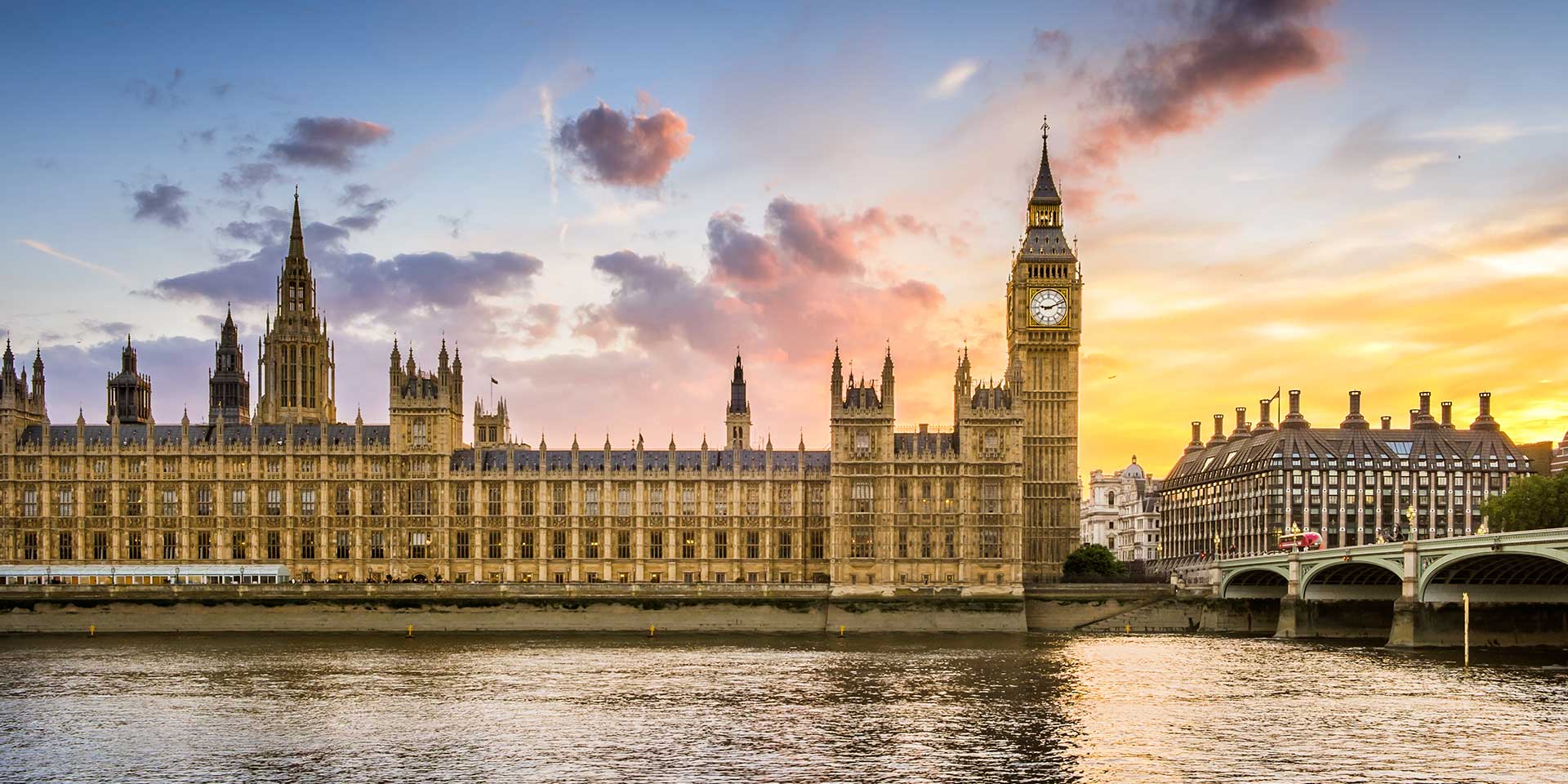Western Europe’s biggest city has it all. This noisy, diverse, thrilling place has enough to delight and divert any visitor for years on end, let alone a few days. Traditional and modern; British and global; young and very, very old: It all meets head-on in London. The result is a place where anyone and everyone can feel at home.
As always, check for travel guidelines and closures before planning your trip.
What to See
Buckingham Palace is one of the city’s most popular tourist attractions, for obvious reasons. The Queen’s London home opens to the public for about 10 weeks each summer and on selected days during the rest of the year. The 19 state rooms include paintings by Rembrandt, Rubens, and Poussin, alongside unique antique furniture from England and France.
Nearby, you’ll find Westminster, Britain’s real seat of power. This is where Britain is governed from, at the Houses of Parliament, and it’s also home to Westminster Abbey, the venue for coronations (every monarch since 1066 has been crowned here) and resting place for kings, queens, poets, actors, and politicians.
What to Eat
London has one of the richest and most diverse restaurant scenes in the world. There’s always something new to try, but tradition has its place, too.
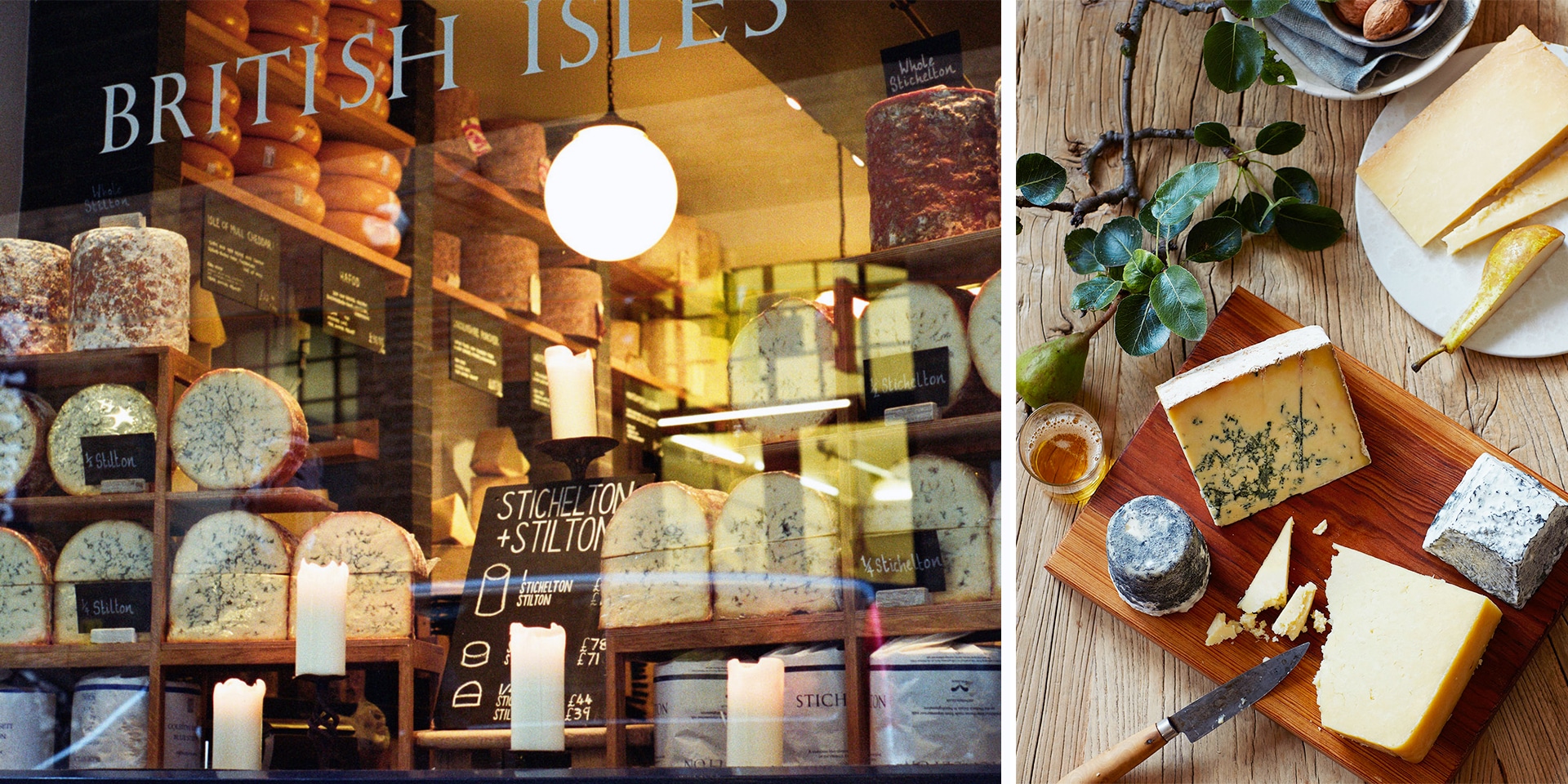
For classic British food, try Rules, London’s oldest restaurant, in Covent Garden, or the wonderful St. John, close to Smithfield Market. Its iconic dish is bone marrow and parsley salad; the pies are always superb.
Borough Market, just south of London Bridge, should not be missed. Prices can be high, but there’s so much here to savor and delight, from excellent spices, olives, meat, and fresh fruit to one of the city’s best cheese shops, Neal’s Yard Dairy.
There’s a number of excellent restaurants nearby, too, including Elliot’s — modern British with a touch of Australian invention — and a branch of Taiwanese steamed buns purveyor, Bao, which are side by side on Stoney Street.
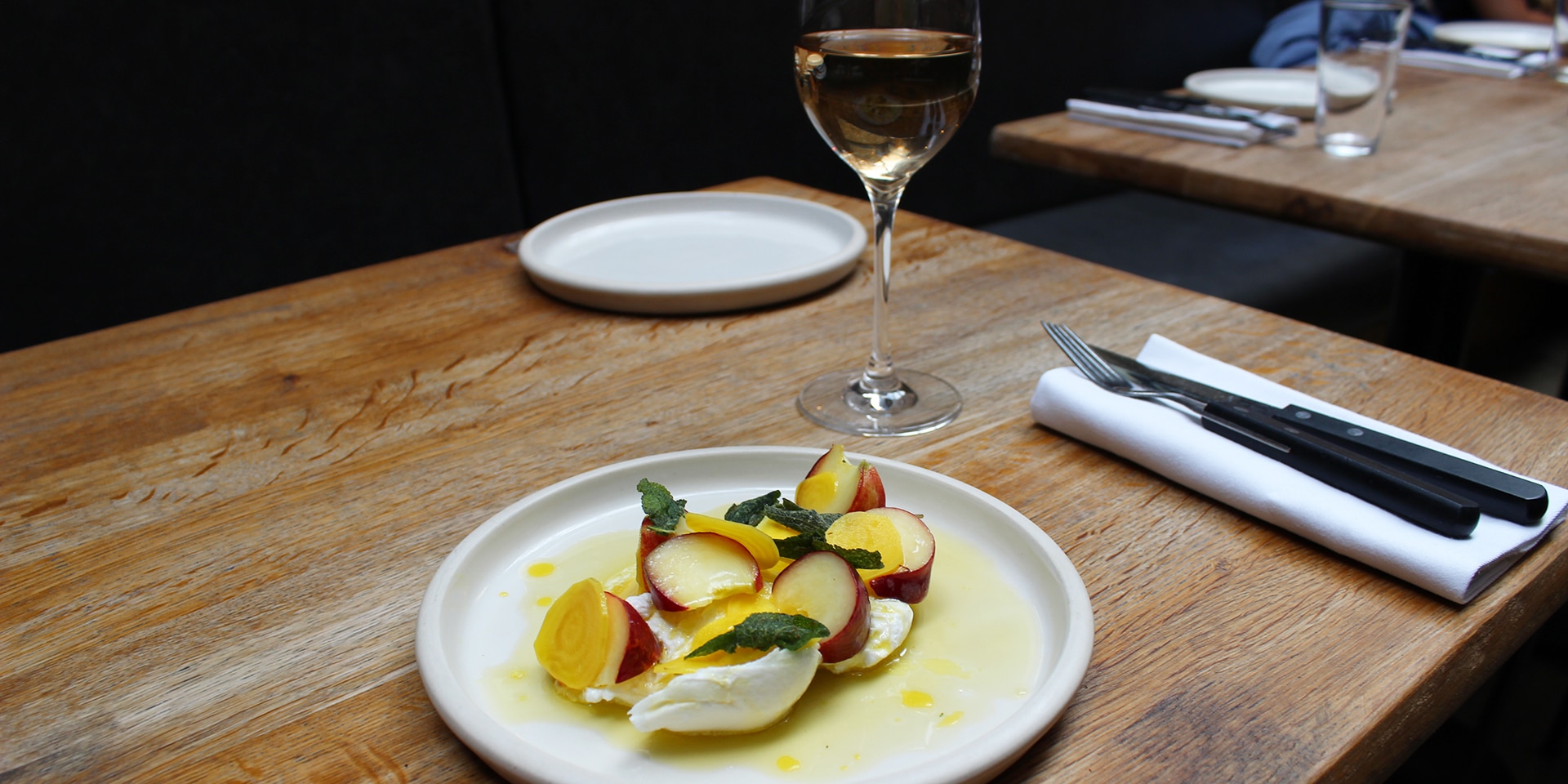
What to Drink
London’s pubs are legendary for good reason. This is where the city’s workers go to blow off steam after work, meaning it can sometimes be hard to elbow your way to the bar at 6 p.m. on a Friday evening.
It’s well worth a go, though, particularly at The Harp, by Trafalgar Square, where traditional cask ale is served in perfect condition. For a quieter pint, head south of the river, to Borough, and the delightful Royal Oak.
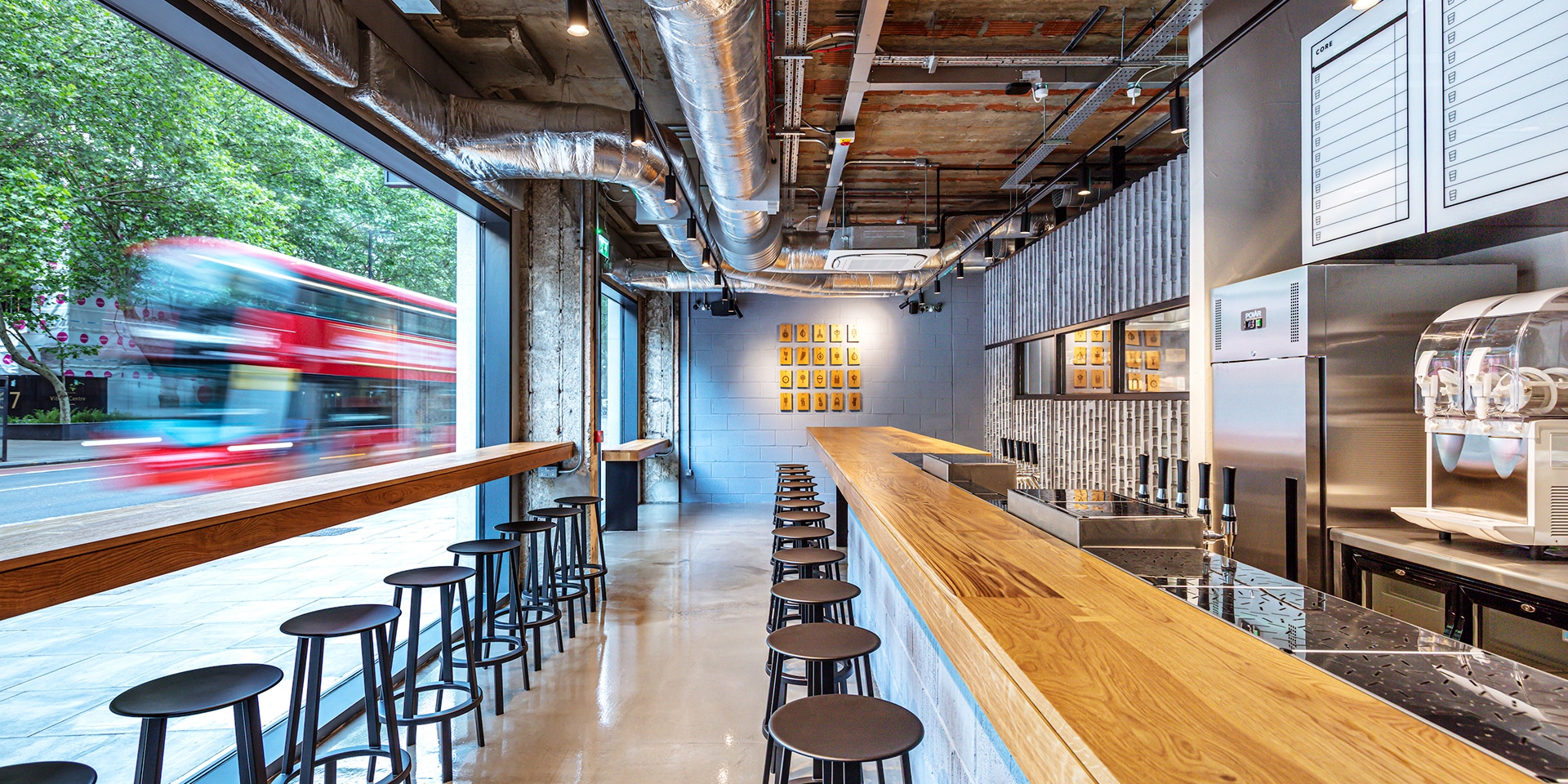
Shoreditch and Old Street, in London’s East End, have more drinking venues than pretty much anywhere else, from traditional pubs to Space Age cocktail bars. One of the most interesting spots is Tayēr + Elementary, an all-day venue with amazing cocktails dreamed up by Czech bartender Alex Kratena, whose previous venue, Artesian, was named best bar in the world four years in a row.
What to Do
There are great views of London from most directions: in the North, try Primrose Hill, which is the name of both the park and the next-door neighborhood, or Parliament Hill, which marks the southern tip of expansive Hampstead Heath.
In South London, a climb up to the Royal Observatory in Greenwich Park gives you a terrific view of London, while the little-known Blythe Hill Fields has tremendous, panoramic views of the City of London and far fewer people getting in the way.
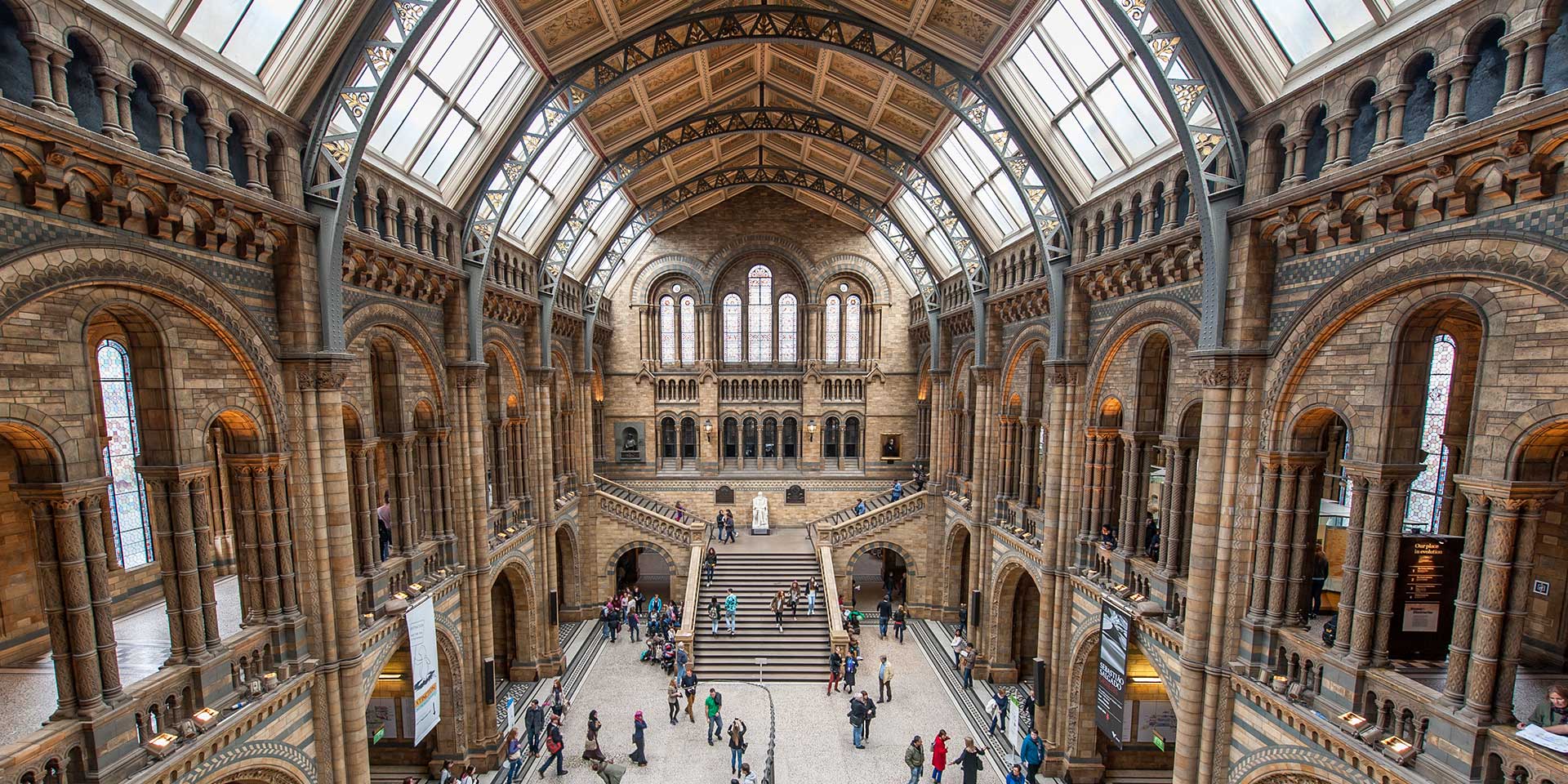
South Kensington is home to three world-class museums: The Science Museum, the Victoria and Albert, and the jewel in the crown, the Natural History Museum, which, with its ornate terra-cotta facade, is as delightful outside as in. It’s well worth putting on your itinerary, although you should expect big crowds, especially in high summer.
London is a great sporting city, with more than a dozen professional soccer teams, plus major stadiums for tennis, cricket, rugby, track and field, and more besides. The most charismatic football stadium in London is undoubtedly Craven Cottage, home of perennial underdogs Fulham FC, by the river in SW6. The Stevenage Road stand — now known as the Johnny Haynes Stand, after Fulham’s greatest player — is more than 100 years old, with wooden seats that are only a few decades younger.
